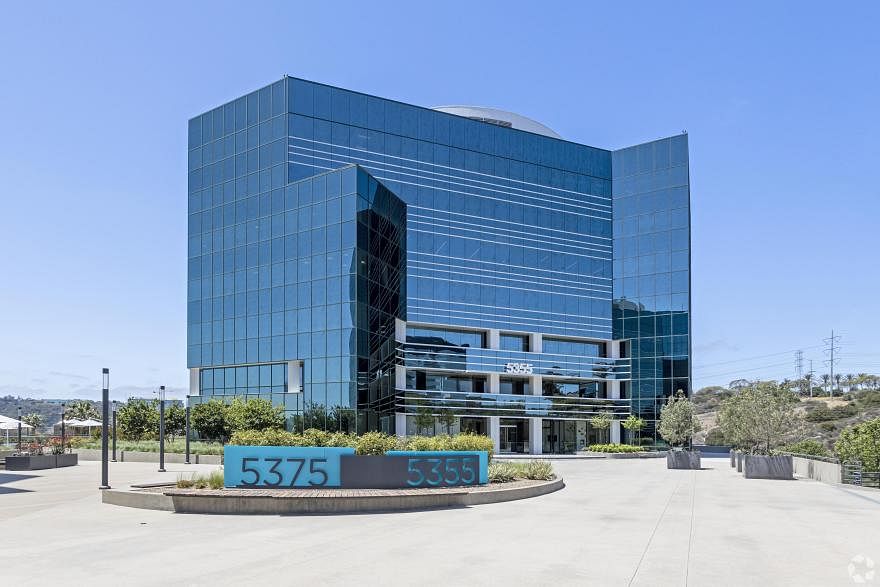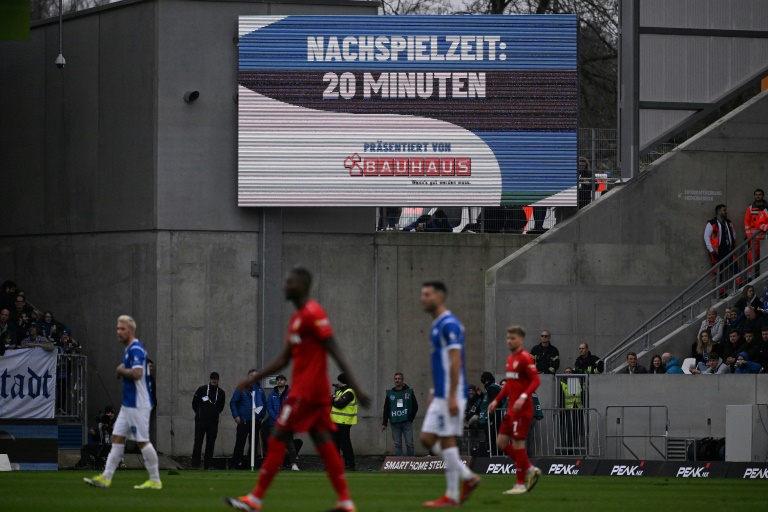PRIME US Reit’s distribution per unit (DPU) for the second half fell over 90 per cent year on year, as the manager opted to preserve a “substantial proportion of distributable income”.
In a bourse filing on Wednesday (Feb 21), the manager said DPU for the second half fell to US$0.0025, down from US$0.0303 in the year-ago period. The DPU payout is about 10 per cent of the distributable income per unit of US$0.024 for H2 2023.
Prime US Reit’s manager said that capital preservation is a key component to the Reit’s deleveraging strategy. It opted to “preserve a substantial proportion of distributable income to meet Prime’s capex needs and provide creditors with the assurance that Prime will reinvest cash flows in the business alongside its lenders”.
However, the manager noted that regular distributions are important to unitholders.
“In addition to the cash distribution, Prime will be issuing new units to unitholders on the basis of one new unit for every 10 existing units held,” it said. These units are issued as fully paid, at nil consideration.
“Going forward, the manager will evaluate Prime’s distribution policy dynamically, factoring in macro, regulatory and Reit-specific developments,” it said.
The move to preserve capital follows a similar trend among other US office S-Reits. Last week, Keppel Pacific Oak US Reit announced that it would suspend distributions for the next two years to proactively address leverage concerns. Manulife US Reit also stopped distributions last year after breaching debt covenants.
Prime US Reit’s portfolio valuation as at December 2023 fell 8.7 per cent on year to US$1.4 billion, amid an increase in cap rates. Aggregate leverage rose to 48.4 per cent as at December 2023, up from 42.1 per cent in December 2022. Its interest coverage ratio fell to 3.1 times in FY2023, from 4.1 times in the previous FY.
The Reit has US$47.4 million of debt headroom before it reaches the 50 per cent regulatory limit.
The manager said the extension of US$600 million of facility due July 2024 is a key focus for the management, which is currently in “constructive refinancing discussions with the lenders”.
It was noted in the financial statements that the group’s current liabilities exceeded its current assets by US$487.6 million; these liabilities comprised mainly loans and borrowings of US$478.4 million, drawn from credit facilities which are maturing in July 2024.
However, the financial statements were prepared on a going-concern basis, as the group believes that the refinancing of the loan facilities will be completed ahead of its maturity in July 2024. It expects to be able to continue to meet its financial obligations when they fall due in the next 12 months.
For the second half of 2023, distributable income fell 20.2 per cent on year to US$28.6 million, amid higher finance costs.
Gross revenue fell 1.1 per cent on year to US$80.3 million for H2 FY23; net property income (NPI), fell 1.5 per cent to US$46.4 million. This was largely attributable to lower occupancy, and higher property operating expenses as a result of more people returning to the office to work.
For the full year, DPU fell 58.6 per cent to US$0.0271 from US$0.0655 in FY 2022. Prime’s gross revenue and NPI for FY2023 fell 2 per cent and 4.5 per cent respectively on year to US$159.8 million and US$93.6 million.
In terms of outlook, the manager noted that demand for US office space “broadly strengthened” in Q4 2023. This was reflected by an increase in active tenant requirements and leasing activity.
“Amid a cautiously stabilising external environment, the manager remains proactive and prudent in its leasing, asset management, and capital management strategies to maximise long-term returns to unitholders,” it said.
Net asset value per unit fell to US$0.60 as at December 2023, down from US$0.75 a year earlier.
Units of Prime US Reit rose 3.9 per cent on Wednesday to US$0.107, before the results.







